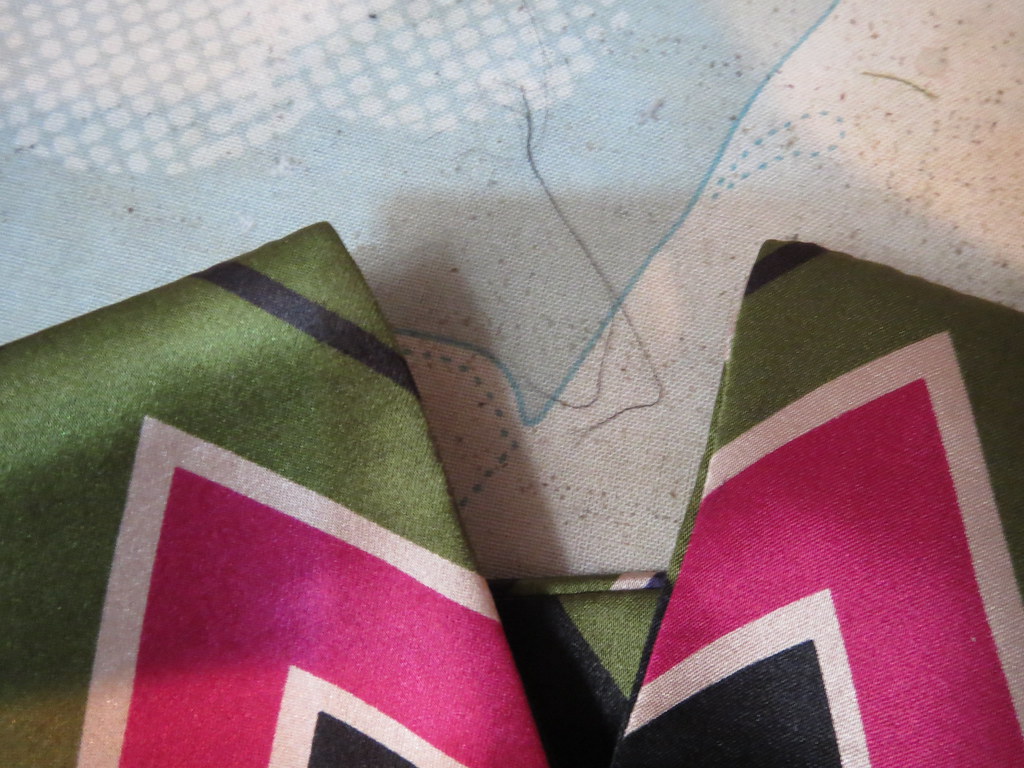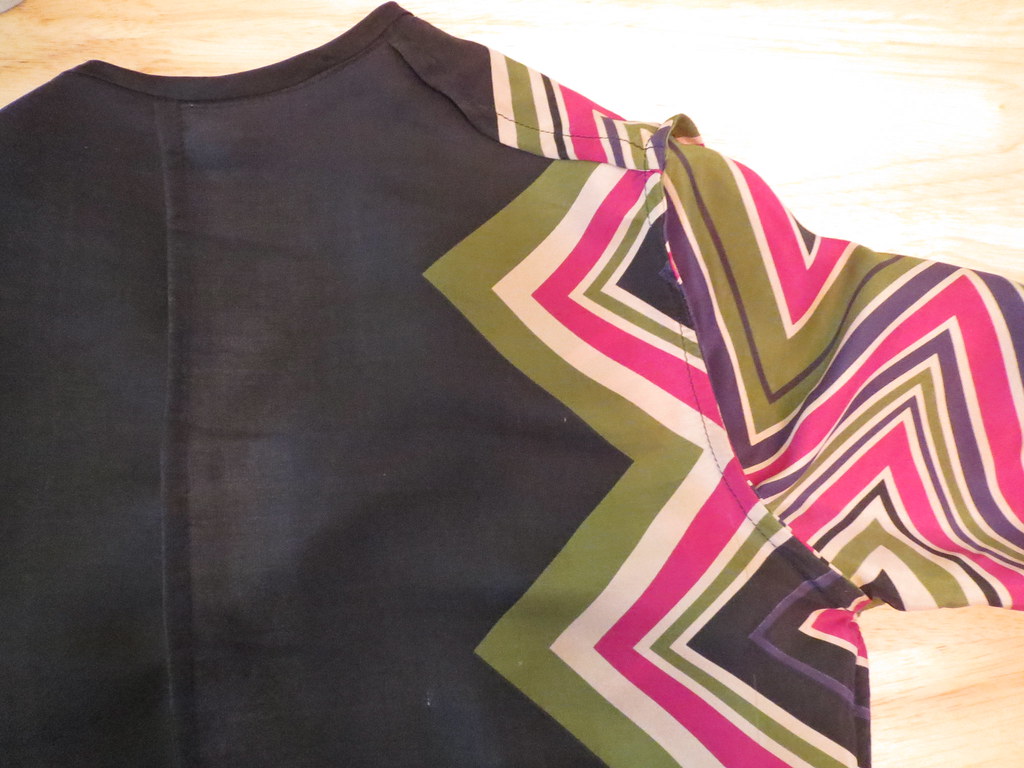
I cook a big pot of something on Sunday evenings and have it for lunch at work all week. A couple of weeks ago I wanted a soup with white beans and kale and lots of lemon, and surprisingly couldn't find a recipe like that, so I had to improvise. I kept track of my ingredients and process while cooking and it was SO INCREDIBLY DELICIOUS that I had to share the recipe. I looked forward to lunch all week. The lemon works really well, and the pesto is an incredible addition. It also answers one of my perpetual questions: what to do with pesto that doesn't involve pasta.
I am not a food photographer, so it doesn't look as good as it tasted. You're just going to have to take my word for it. I promise you won't be disappointed.
Lemony Beans and Greens Soup with Pesto
Makes 6-8 servings
1 pound dried white beans (canellini, navy, etc.), soaked
3 bay leaves
1 tsp dried rosemary
or 3 15.5 oz cans white beans
2 tsp olive oil
3-5 shiitake mushrooms, sliced
(The mushrooms are optional, but they add a nice chewy texture and umami flavor to the bowl)
2 tsp olive oil
2 medium onions, halved and thinly sliced
3 stalks celery, diced
2 carrots, one thinly sliced and one grated
1 yellow bell pepper, diced
3-5 cloves garlic, minced
3-4 medium tomatoes, diced, or 1 14.5 oz can whole or diced tomatoes
1-2 cups dry white wine (I used flat Prosecco)
Zest and juice of 2 medium lemons or 3 small lemons
1/2 tsp dried red pepper flakes, or to taste
1 tsp dried rosemary, if not added to beans
3 bay leaves, if not added to beans
1 tsp dried thyme
1 large bunch kale, rinsed and chopped
salt and ground black pepper to taste
For the Pesto (theoretically the pesto is optional, but it really makes the soup):
1 large bunch basil (I bought the 4 oz box at the grocery store)
1-2 Tbsp pine nuts, dry toasted
3 Tbsp olive oil
3 Tbsp (or more) grated parmesan and/or romano cheese
3 cloves garlic
BEANS
Drain and rinse the soaked beans. Cover with water by 3 inches, add 3 bay leaves and 1 tsp dried rosemary. Simmer until until tender but not fully cooked (the interior of the beans will still be grainy), about 45 minutes to an hour. Remove from heat and drain off most of the water (this keeps the beans from continuing to cook).
MUSHROOMS
Heat a heavy soup pan, like a Le Crueset, over medium-high heat (level 6-7). Pour in 2 tsp olive oil and add the shiitake mushrooms. Saute until the mushrooms give up their juice and then begin to brown. When mushrooms are browned, remove from pan and set aside.
MIRAPOIX
Reduce heat on heavy pan to medium low (level 4). Pour in additional 2 tsp olive oil and add the sliced onions. Saute on medium low until the onions turn light brown and begin to caramelize, about 8-12 minutes.
PESTO
Meanwhile, heat a skillet to medium-high (level 7), or preheat toaster oven to 375 degrees. Toast pine nuts in skillet, shaking frequently, about 2 minutes until they begin to brown. If using toaster oven, check after 2 minutes and shake pan; they should take no more than 3 minutes to toast. Pine nuts burn very quickly!
Pull the basil leaves off the stems.
MIRAPOIX
At this point the onions should be lightly caramelized. Add the chopped celery, sliced and grated carrot, and red pepper flakes.
Saute about 3 minutes, then add the bell pepper, garlic, and tomato. Let cook until the tomato begins to break down, about another 4 minutes.
Add the wine, lemon zest and juice, thyme, and rosemary and bay leaves if not used with the beans. Pour in the mostly cooked beans (or drained, rinsed canned beans) and add enough water to reach the top of the beans. You can use stock if you'd like, but I found this plenty flavorful with just water. Add the chopped kale on top of the beans and cover.
Let steam until the kale begins to wilt, 3-4 minutes, then stir in the kale. Cook until beans are done and kale is preferred consistency (longer=less chewy). I cooked about another 20 minutes, but probably should have stopped at 15. Add salt and pepper to taste. I found this needed surprisingly little salt.
PESTO
While the soup finishes cooking, in the bowl of a mini-food processor, layer as many basil leaves as will fit, the garlic cloves, 1/2 the cheese, 1/2 the pine nuts, and pour 1/2 the olive oil over the top. Run the processor until the pesto is finely chopped, adding the remaining basil leaves, pine nuts, cheese, and olive oil as the pesto compresses. Taste the pesto and adjust cheese, nuts, and/or garlic as preferred.
TO SERVE
Place some of the sauteed mushrooms in the bottom of the bowl, ladle hot soup over the mushrooms (they get soggy if mixed in, though I deal with this for lunches at work). Add a generous spoonful of pesto on top and stir in--the pesto is best the less it is cooked, so only add the pesto at the end right before eating.
The basil in pesto oxidizes into an unappealing black mash very quickly, and it does best in the freezer. For work, I put the pesto in a container and divided it into wedges by running a spatula through it, one for each serving. I froze it overnight so the wedge divisions would stay in place during transport. I kept it in the work freezer all week, adding one frozen wedge each day after my soup came out of the microwave.
This will taste very lemony right out of the pan, but the lemon flavor dissipates over time. If you're serving right away, add half the lemon juice as instructed and then adjust the lemon flavor at the end with the remaining lemon juice to taste. If you're going to have leftovers, add all the lemon juice as directed.
TO MAKE IT EASIER
You can make this a little more quick and easy by using commercial ingredients:
-canned beans
-canned tomatoes
-bottled lemon juice
-bagged chopped kale
-pre-made pesto











































































































.jpg)















